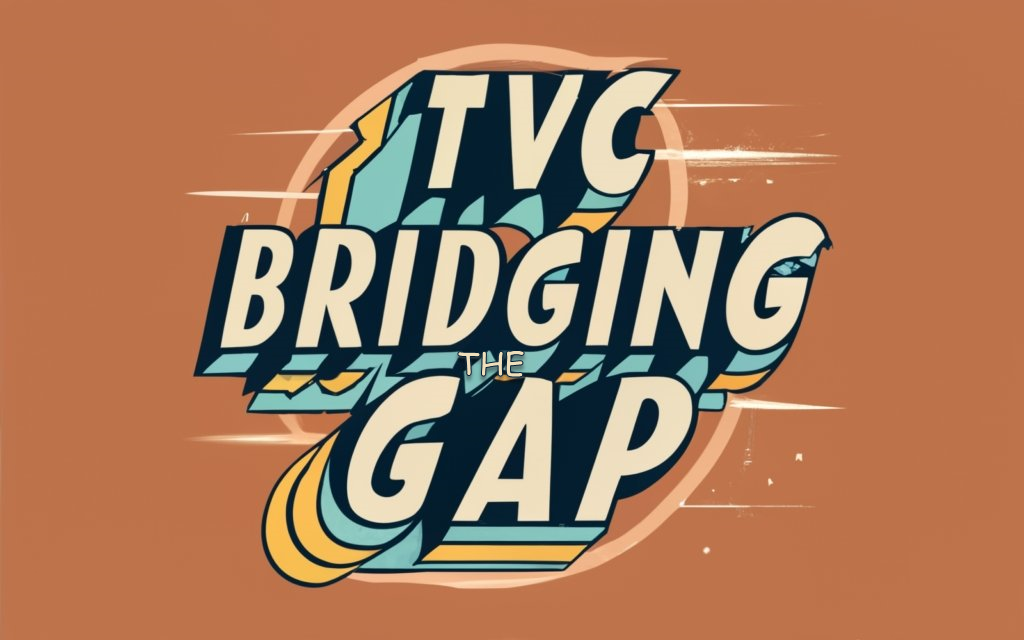Budgeting remains a pivotal process for allocating people and resources, and guiding strategic direction.

However, most organizations rely on traditional budgeting focused solely on increasing customer value or profitability metrics. Shifting to a TVC approach that balances customer, company, and workforce value creation can better equip organizations for the complexities of today's environment. But adopting TVC budgeting across an entire organization is an uphill challenge for many leaders, especially in large enterprises with engrained legacy mindsets and systems.
Hybrid organizations containing a patchwork of business units at different stages of evolution require a nuanced strategy when rolling out TVC budgeting. An incremental, tailored process focused on change management and capability building can help bridge the divide between business units utilizing TVC versus traditional budgeting models.
Gaining Leadership Buy-In
Implementing any new budgeting methodology requires upfront buy-in from organizational leadership. Present the benefits of a TVC mindset and showcase how peers have succeeded with the model. Highlight the need for balanced value creation and more holistic resource allocation in an agile, fast-moving business climate.
Secure commitment from executives to promote TVC budgeting as an organizational priority. But also emphasize that an iterative, collaborative transition process will be followed versus mandated overnight change.
Prove the Concept with TVC Ready Business Units
Given varying readiness levels, it works best to phase in TVC budgeting by beginning with business units already aligned to the model. These early adopters can prove the concept and create templates and best practices to support expansion. Foster cross-functional collaboration between the finance team and early TVC adopters to co-create the budgeting process. Provide training in TVC principles to ensure employees at all levels understand how budget priorities shift. Celebrate wins and learnings from pilot teams to build momentum.
Tailor the Approach for Customer-Centric Teams
The biggest mindset and process gaps will exist with business units taking traditional (profit) or customer-centric approaches to budgeting. Finance must determine how to thoughtfully introduce TVC thinking into budget conversations. These are some recommendations:
- Invite key customer-facing personnel like account managers to provide input on customer value indicators and targets. Look to augment forecasts with data like satisfaction scores.
- Encourage discussion of how budget asks also affect company sustainability and the workforce. Simple alterations like adding these topics to budget templates or reviews can spur change. Check the concepts of Sustainable Player in Enterprise Agility to know more about the needed mindset.
- Offer optional TVC budgeting training and tools teams can leverage if desired. Do not force change, but make it accessible or make it easier to adopt the right behaviors; check the BOIS model to understand more about it).
- Highlight hybrid teams during leadership meetings and internal communications when they demonstrate TVC behaviors like considering long-term impacts.
Providing Targeted Support for Profit-Focused Groups
Profit-driven units used to minimal oversight and top-down budget directives may push back the most. Finance must proceed cautiously, while still pushing for progress.
- Ask for justification of key budget numbers tied to growth estimates and margin projections. Request supplementary data and encourage using Spot indicators, as they can promote healthier decisions.
- Incentivize consideration of workforce stability and retention issues, which ultimately enable growth. human element
- Work with executives to tie a portion of budget approvals to the integration of TVC factors like sustainability. Allocate TVC training funds. A great idea to make TVC visible to everyone is to use the TriValue Matrix (TVM).
- Clarify that initial small steps like regular cross-functional or cross-capabilities budget reviews can open the door to more radical changes down the road. Right-size expectations.
Continuous Change Management and Capability Building
Whether working with early TVC adopters or hesitant legacy teams, never view the transition as a one-time event. Changing mindsets and systems takes place incrementally over years.
Provide continuous training and executive advocacy focused on the evolving organizational culture around balanced budgeting. Highlight hybrid teams beginning to bridge the gap as proof the journey is working.
Formalize lessons learned and best practices from business units at the front of the transition to accelerate capability building company-wide. Budgeting skillsets will continually grow more holistic through this process.
Remain patient but persistent. Recognize that getting 100% organizational buy-in on TVC budgeting may take considerable time.
We recommend that you use every budget cycle and planning meeting as an opportunity for small progress—towards Shared Progress—by asking value-expanding questions and listening with empathy.
In summary, following a customized, collaborative approach to introducing TVC budgeting can unlock impact, even in a divided organization. Meet teams where they are and celebrate small wins. In time, these efforts add up to the culture shift necessary for budgets that create sustainable value. If you are unsure about the type of communication to use with different groups, check the Change Journey Pyramid (CJP).
If you need to know more about TriValue Company model, check Chapter 8, Enterprise Agility Fundamentals.
